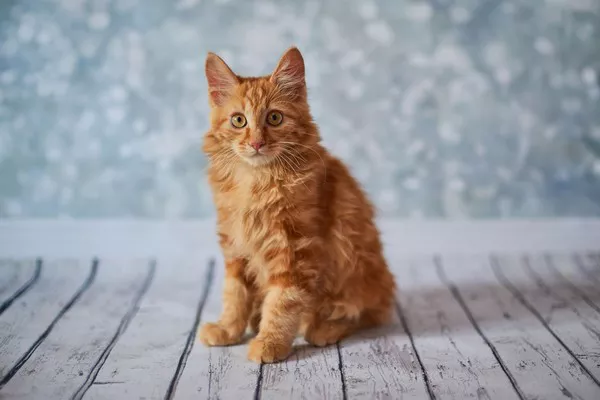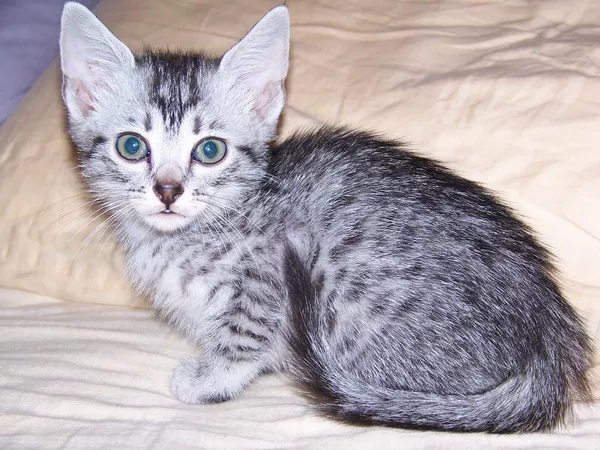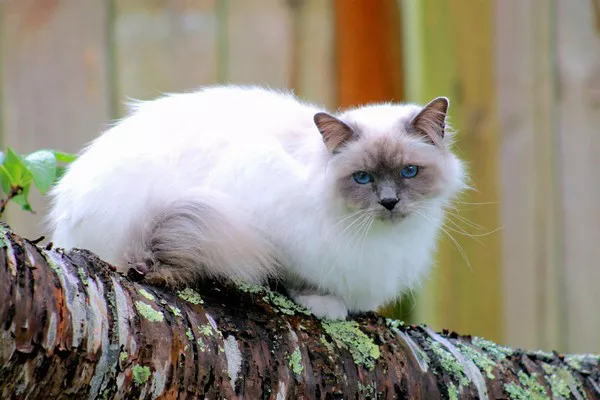Cats are intriguing creatures known for their graceful movements, enigmatic behavior, and unique physiological characteristics. One common question that often arises among cat owners and enthusiasts is whether cats sweat. In this article, we will delve into the fascinating world of feline cooling mechanisms, exploring the truth behind whether cats sweat, how they regulate body temperature, and the signs of heat stress to be aware of. By understanding these aspects, you’ll gain insights into your cat’s health and well-being.
The Basics of Feline Thermoregulation
1. Vital Temperature Range: Cats, like many animals, have a preferred temperature range in which their body functions optimally. Too high or too low temperatures can affect their health and overall comfort.
2. Thermoregulation Mechanisms: Feline thermoregulation involves a combination of external and internal mechanisms that help cats maintain their body temperature within a safe range. These mechanisms prevent overheating or becoming too cold.
Do Cats Sweat?
1. Limited Sweat Glands: Unlike humans, cats have relatively few sweat glands. Most of their sweat glands are located in their paw pads, and they play a minor role in cooling compared to other animals.
2. Evaporative Cooling: Cats do release a small amount of sweat through their paw pads, but the primary method of cooling is through evaporation. They lick their fur, and as saliva evaporates, it cools their body.
Grooming and Heat Regulation
1. Licking Behavior: Cats’ grooming behavior serves a dual purpose. Not only does it keep their fur clean and untangled, but it also helps them regulate their body temperature. The saliva on their fur aids in evaporative cooling.
2. Coat Length and Heat: The length and density of a cat’s coat can impact their heat regulation. Long-haired cats might be at a slight disadvantage in very hot weather due to their insulating fur, while short-haired cats have an advantage in dissipating heat.
Signs of Heat Stress in Cats
1. Rapid Panting: Cats may pant when they’re feeling too hot. While it’s less common than in dogs, rapid panting can be a sign of heat stress and should be taken seriously.
2. Lethargy and Restlessness: If your cat is unusually lethargic or restless on a hot day, it could indicate that they’re struggling to cool down.
3. Seeking Cool Areas: Cats will often seek out cool spots when they’re feeling hot. If you notice your cat lying on cold surfaces like tile floors or seeking shade, they may be trying to regulate their body temperature.
Helping Cats Stay Cool
1. Providing Fresh Water: Always ensure your cat has access to fresh, clean water, especially during hot weather. Hydration is crucial for maintaining body temperature.
2. Creating a Comfortable Environment: Place fans or air conditioning units in rooms your cat frequents to help keep the air temperature comfortable. Providing shady spots and circulating air can aid in cooling.
3. Limiting Sun Exposure: Direct sunlight can quickly raise your cat’s body temperature. If your cat loves spending time outdoors, provide shaded areas and access to water.
High-Temperature Risks
1. Heatstroke: Cats are susceptible to heatstroke when exposed to high temperatures for extended periods. Heatstroke is a medical emergency and requires immediate veterinary attention.
2. Importance of Vigilance: Monitoring your cat’s behavior and being attentive to signs of heat stress is crucial. Cats cannot communicate their discomfort as explicitly as humans, so it’s up to their owners to recognize potential problems.
Conclusion
In conclusion, the question of whether cats sweat has a nuanced answer. While cats do have some sweat glands, their primary cooling mechanisms involve evaporation through grooming and panting. Understanding how cats regulate their body temperature is essential for ensuring their well-being, especially during hot weather. By recognizing the signs of heat stress and providing a comfortable environment, you can help your feline companion stay cool and healthy. Remember that cats are more sensitive to temperature changes than humans, so being vigilant and responsive to their needs is key to maintaining their comfort and happiness.


























